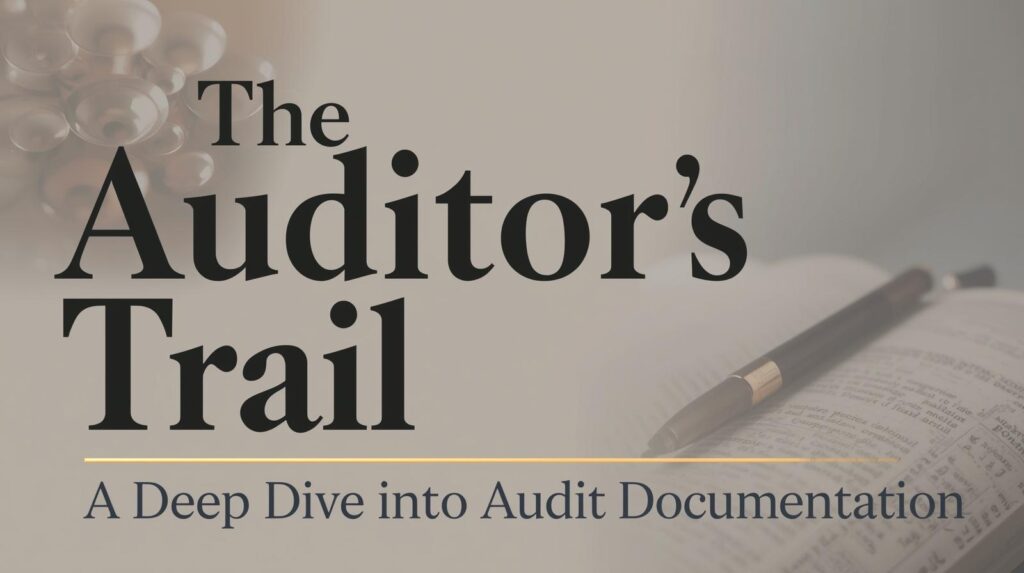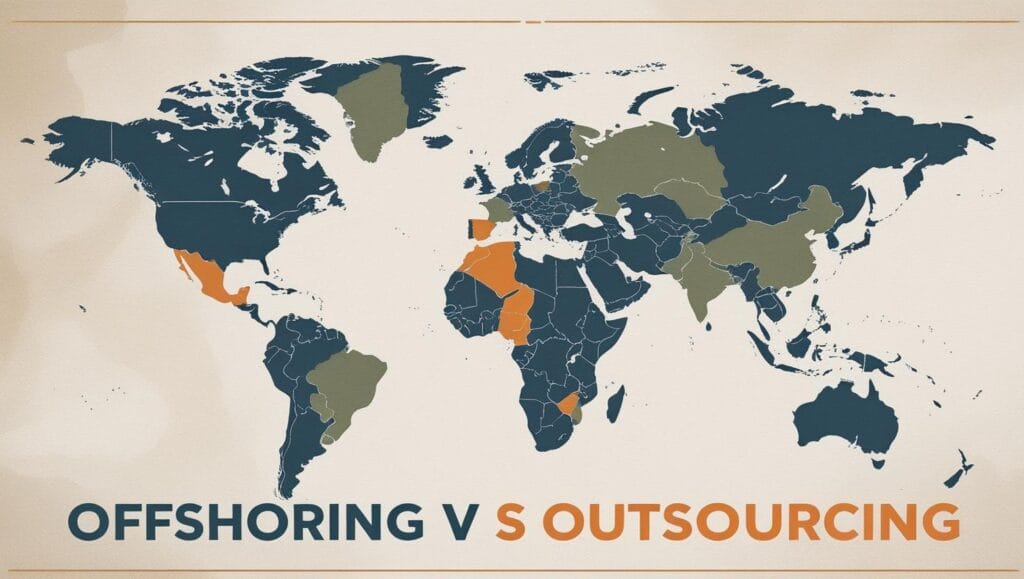The Survey Method: A Researcher’s Guide to Key Benefits and Drawbacks
From political polls predicting elections to the pop-up on your screen asking you to rate your customer experience, surveys are an inescapable part of modern life. They are the workhorse of market research, the foundation of social science, and a critical tool for anyone seeking to understand public opinion or human behavior. The survey method, at its core, is a systematic approach to gathering information from a sample of individuals to understand the larger population they represent. It seems simple enough: ask questions, get answers, analyze data. But beneath this simple facade lies a world of complexity, nuance, and potential pitfalls. A well-executed survey can provide invaluable, data-driven insights with incredible efficiency. A poorly executed one, however, can be dangerously misleading. This guide will walk you through the powerful benefits and the critical drawbacks you absolutely need to know before you create or interpret your next survey.
Key Takeaways at a Glance
Key Benefits 👍
- Cost-Effective: Especially online surveys, can gather vast data for a low cost.
- Scalable: Can reach thousands of people across wide geographic areas.
- Quantifiable Data: Generates hard numbers and statistics for easy analysis.
- Versatile: Can be used to study almost any topic or question.
Key Drawbacks 👎
- Inflexibility: The questions are set in stone once the survey is deployed.
- Lack of Depth: Bad at capturing the “why” behind an answer.
- Potential for Dishonesty: Respondents may not answer truthfully.
- Susceptible to Bias: Poorly worded questions or non-representative samples can skew results.
The Bright Side: The Powerful Benefits of the Survey Method
There’s a reason surveys are so ubiquitous: when done correctly, they offer a combination of efficiency and effectiveness that is hard to match with other research methods.
1. Cost-Effectiveness and Scalability
This is arguably the biggest advantage, especially in the digital age. With online platforms like SurveyMonkey or Qualtrics, a researcher can create a survey and distribute it to thousands of respondents across the country for a fraction of the cost of conducting in-person interviews or focus groups. This scalability allows for the collection of massive datasets that would have been financially and logistically impossible just a few decades ago.
2. Quantifiable and Comparable Data
Surveys excel at generating quantitative data—hard numbers. By asking closed-ended questions (e.g., multiple-choice, rating scales from 1-10), the responses can be easily converted into percentages, charts, and graphs. This makes the data simple to analyze, compare across different groups (e.g., men vs. women), and track over time. This ability to generate clean, statistical outputs is the primary reason for the importance of statistics in business; it allows companies to make data-driven decisions rather than relying on guesswork.
3. Versatility and Anonymity
The survey method is incredibly flexible. It can be adapted to study virtually any topic, from consumer preferences for a new soft drink to opinions on sensitive political issues. Furthermore, because surveys can be administered anonymously, respondents may feel more comfortable providing honest answers to personal or controversial questions than they would in a face-to-face interview, leading to more valid data on delicate subjects.
The Dark Side: The Critical Drawbacks and Hidden Biases
For all their strengths, surveys are a deeply flawed tool. My experience has taught me that a healthy skepticism is required when looking at any survey result. The data is only as good as the methodology behind it, and there are many ways for that methodology to fail.
1. The Dishonesty Problem (Response Bias)
You can’t always trust that respondents are telling the truth. Sometimes this is intentional, but more often it’s subconscious. Key issues include:
- Social Desirability Bias: People tend to answer questions in a way that makes them look good. They might over-report how often they exercise or under-report socially undesirable behaviors.
- Acquiescence Bias: Also known as “yea-saying,” this is the tendency for respondents to agree with statements, regardless of the content.
2. The “Who Didn’t Answer?” Problem (Nonresponse & Sampling Bias)
A survey is only valid if the people who respond are representative of the larger population. What if only the most passionate, angry customers respond to your feedback survey? Your results will be heavily skewed. This nonresponse bias can render a survey useless. Similarly, if your survey method only reaches a certain demographic (e.g., an online survey that excludes elderly people who aren’t tech-savvy), you have a sampling bias.
3. The Depth Problem: Surveys Are Bad at “Why”
A survey can tell you that 70% of your customers are “satisfied.” But it can’t tell you *why* they feel that way, what “satisfied” really means to them, or what you could do to make them “delighted.” Surveys capture a snapshot of opinion, but they are poor at uncovering deep motivations, complex emotions, or the nuanced context behind a person’s choices. They provide the “what,” but rarely the “why.”
4. “Garbage In, Garbage Out”: The Danger of Bad Questions
The quality of your data is entirely dependent on the quality of your questions. A poorly designed question will produce worthless data. Common errors include:
- Leading Questions: “Don’t you agree that our excellent new feature is helpful?”
- Double-Barreled Questions: “How satisfied are you with our product’s price and quality?” (This is asking two questions in one).
- Ambiguous Wording: Using jargon or words that can be interpreted in multiple ways.
These issues highlight that even perfectly calculated results can be misleading if the underlying data is flawed. This reflects one of the broader shortcomings of statistics: the numbers themselves can’t tell you if they came from a valid source.
YOUR RESEARCHER’S TOOLKIT
Designing a good survey requires more than just a good idea; it requires a solid understanding of methodology and data analysis. These resources are essential for anyone serious about gathering meaningful insights.

SURVEYS THAT WORK: A PRACTICAL GUIDE
An indispensable guide by Caroline Jarrett that moves beyond theory to provide practical, step-by-step instructions on how to create surveys that get you the reliable data you need.
Check Price on Amazon
STORYTELLING WITH DATA
Collecting data is only half the battle. This book by Cole Nussbaumer Knaflic is the definitive guide on how to visualize your survey data and present it in a way that is clear, compelling, and leads to action.
Check Price on Amazon
NAKED STATISTICS: STRIPPING THE DREAD
To analyze survey data effectively, you need a foundational understanding of statistics. Charles Wheelan’s book is a brilliant and accessible introduction to the core concepts every researcher should know.
Check Price on AmazonConclusion: A Powerful but Imperfect Tool
The survey method remains one of the most efficient and powerful tools for gathering information about the world. Its ability to produce large-scale, quantifiable data is unmatched. However, it is a tool that demands respect and a deep understanding of its limitations. The value of a survey lies not in the percentages it produces, but in the quality of the thinking that went into its design. By being aware of the potential for bias, crafting questions with care, and choosing the right sample, you can mitigate the drawbacks and unlock the incredible benefits. But if you ignore the potential pitfalls, you risk becoming a victim of your own flawed data.
Disclaimer: This article provides general information and best practices for educational purposes. Designing and implementing methodologically sound research is a complex process. For critical business or academic projects, always consult with a qualified research methodologist or data scientist.



